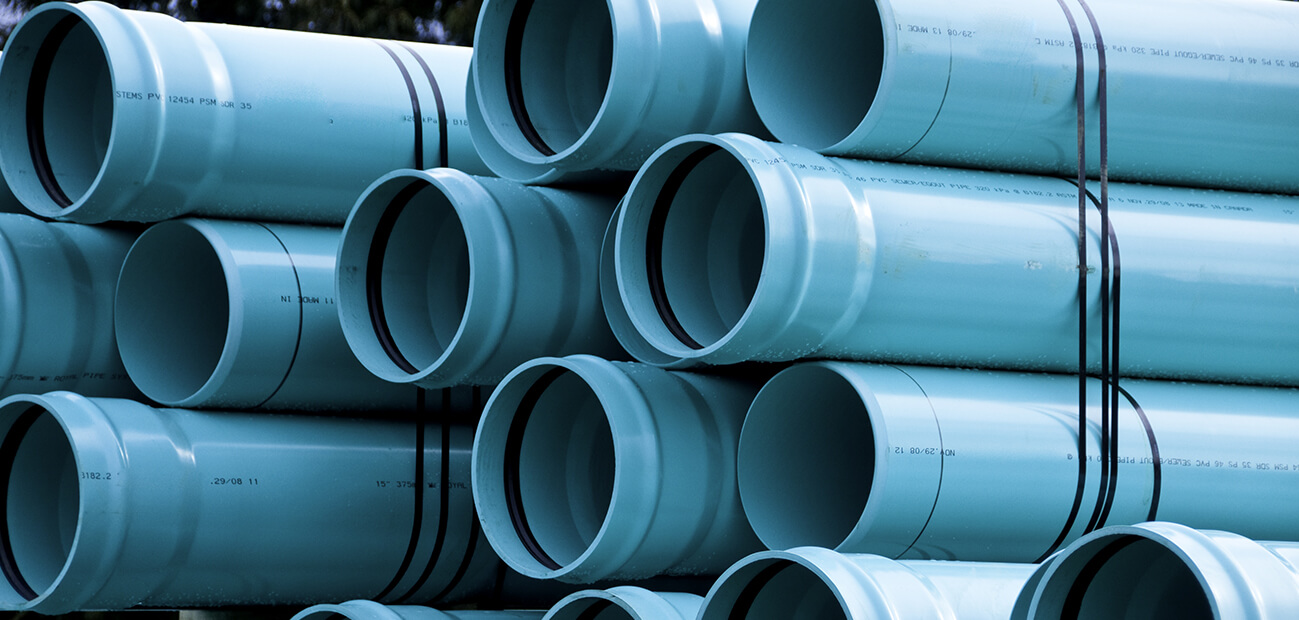
General Recommendations
1. Solvent Cement Welding
This method of joining is very simple and reliable if it is followed correctly, but any deviations from the recommended basic steps may reduce the strength and integrity of the joint. The procedures for preparation, insertion, and curing should be followed very carefully.
2. Expansion and Contraction
The coefficient of linear expansion of PVC and CPVC pipe is greater than that of metallic piping; therefore, take this factor into consideration when designing and installing a PVC or CPVC piping system.
3. Hanging and Supporting
The modulus of elasticity of PVC and CPVC pipe is smaller than that of metal pipes. Maximum working temperature and room temperature should be considered when determining the required support spacing.
4. Trench Preparation
When laying PVC and CPVC pipe below the ground, care should be taken to remove all rocks, boards, empty primer and cement cans, brushes, bottles and other debris from the trench. Smaller diameters of pipe should be “snaked” in the trench to allow for
expansion and contraction. If solvent cement welding is used for the method of joining, snaking, pressure testing, and pipe movement should not be done until after the joints have been given sufficient time to dry.
5. Avoid Bending Pipe
Pipe should not be bent in trenches or in above ground installations. Pipe and joints that are stressed can reduce pressure rating and cause failures.
6. Protect Plastic Pipe from Contact with Hard and Pointed Objects.
Impact resistance is lower than for metals. Use of compressed air or gas in PVC/CPVC pipe and fittings can result in explosive failures and cause severe injury or death.
7. Testing
7.1 NEVER use compressed air, gas or air-over-water boosters to pressure test PVC or CPVC piping systems. ONLY hydrostatic pressure testing is to be conducted on PVC and CPVC piping systems. Compressed air or gases can surge to high pressures and cause explosive failures that could seriously injure personnel.
7.2 Carefully follow all instructions for hydrostatic pressure testing. Failure to follow these instructions can result in a system failure.
7.3 Before water-testing a system, always bleed all entrapped air from system. Entrapped air is a major cause of surge and burst failure in plastic piping systems.

